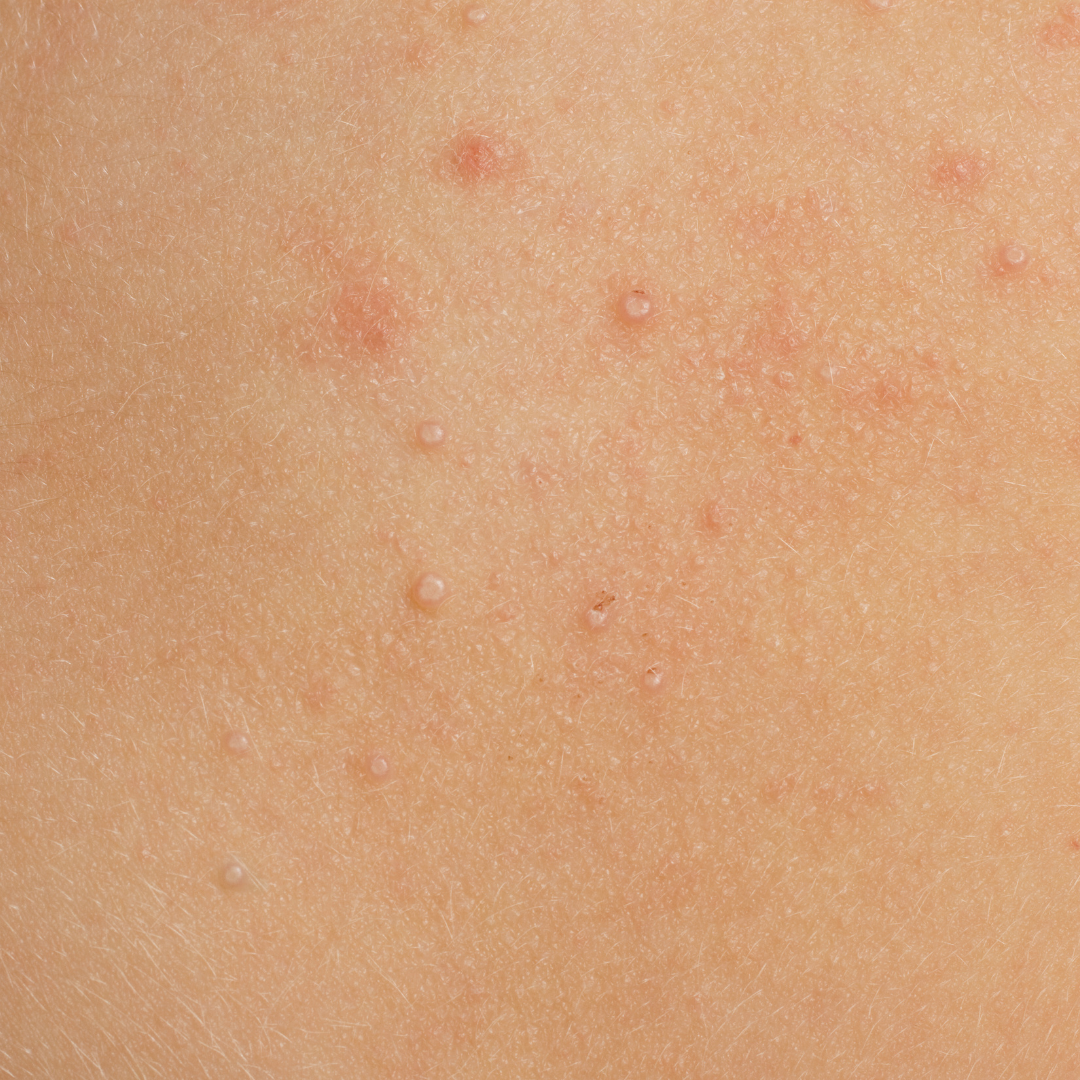
Molluscum Contagiosum
What Is Molluscum Contagiosum?
Molluscum contagiosum is a viral infection of the skin that causes small pearly or flesh-colored bumps. The bumps may be clear, and the center is often indented. The virus is easily spread but is not harmful.
What Are The Symptoms?
The small, round, indented bumps are usually about 3 mm to 5 mm in size (a little smaller than a pencil eraser). The bumps are painless. They may appear alone or in groups. They are most often found on the trunk, face, eyelids or genital area. In children, bumps usually appear on the trunk, face, and arms. In sexually active teenagers and young adults, the bumps are usually located in the genital area. The bumps may become inflamed and turn red as part of the body’s natural immune system response as it fights the virus.
The incubation period-the time from exposure to the virus until the bumps appear-is usually 2 to 7 weeks but can be up to 6 months.
In people who have an impaired immune system, such as HIV infection, symptoms of molluscum contagiosum are more severe.
How Does Molluscum Contagiosum Spread?
The virus commonly spreads through skin-to-skin contact. This includes sexual contact or touching or scratching the bumps and then touching the skin. Handling objects that have the virus on them, such as a towel, can also result in infection. The virus can spread from one part of the body to another or to other people. The virus can be spread among children at day care or at school. Molluscum contagiosum is contagious until the bumps are gone-which, if untreated, may be up to 6 months or longer.
How Is It Treated?
Some people choose to remove the bumps because they are embarrassed by them, or to keep them from spreading to other people. Health professionals usually recommend treating bumps located in the genital area to prevent them from spreading.
If needed, treatment choices include:
- Removing the viral material in the center by scraping the center briskly (curettage).
- Freezing the skin growth (cryotherapy).
- Putting medication on the skin (topical medication).
- Taking medication by mouth (oral medication).


